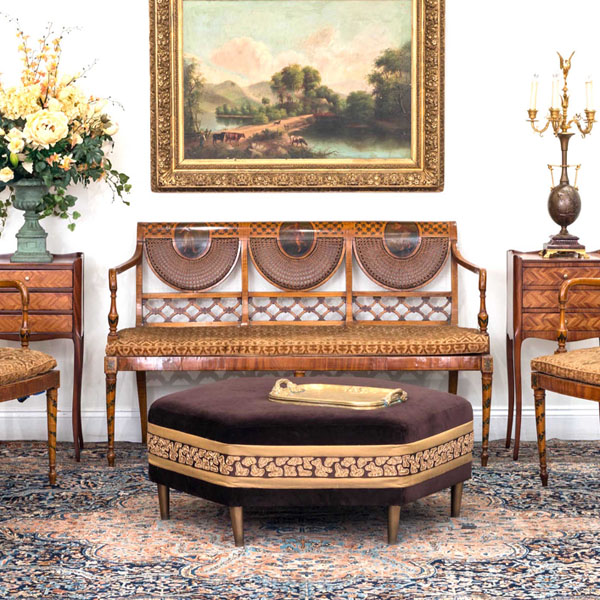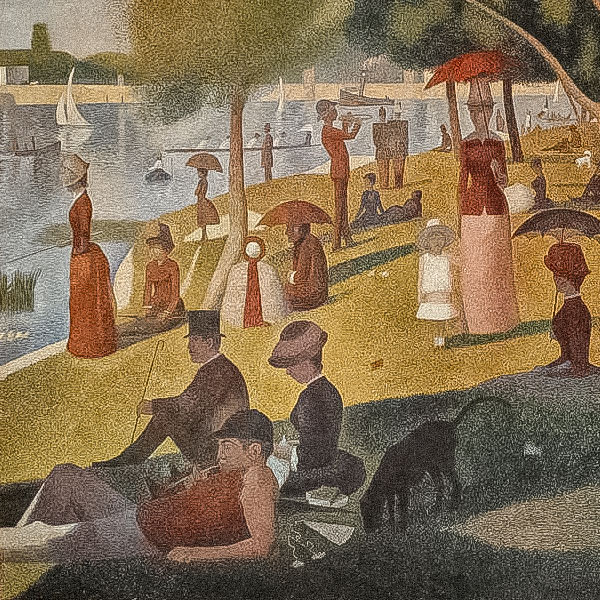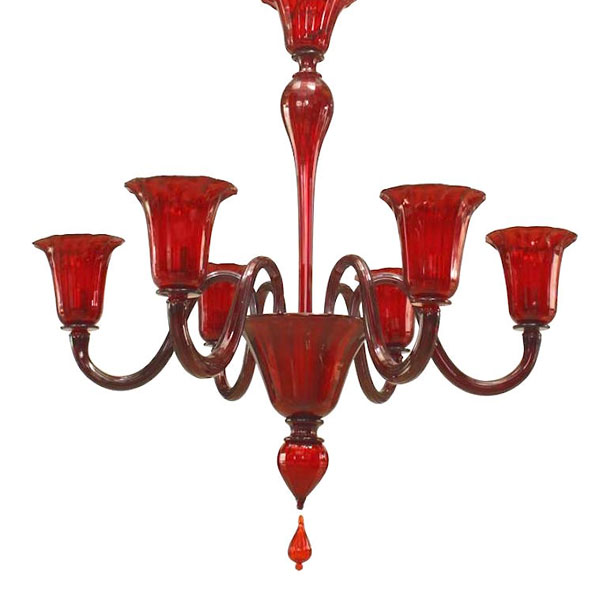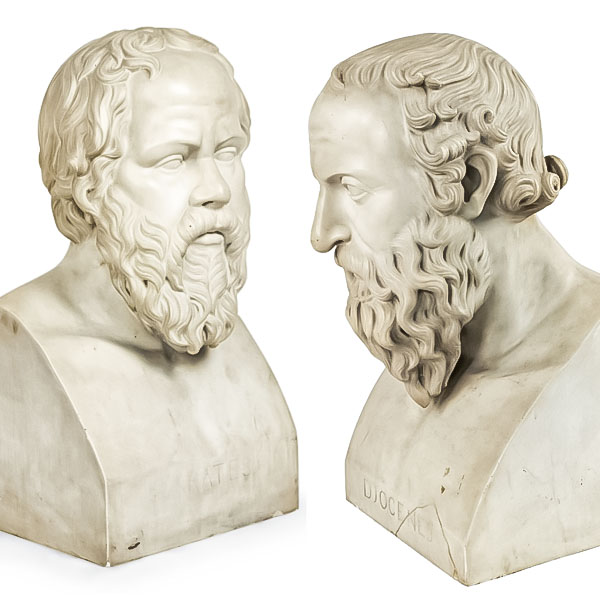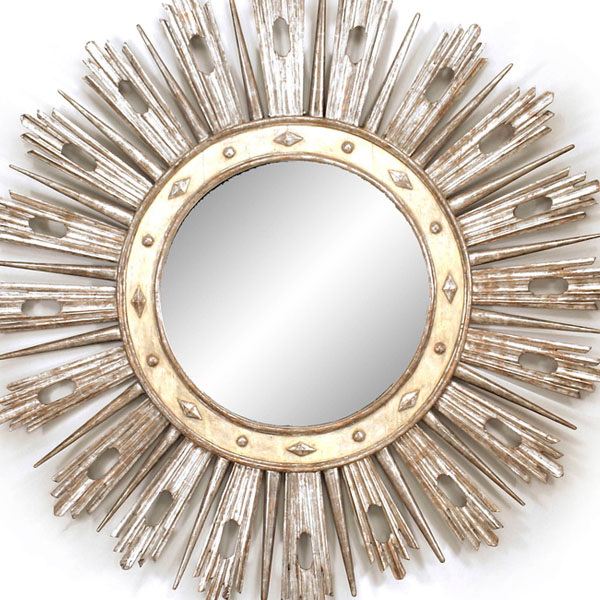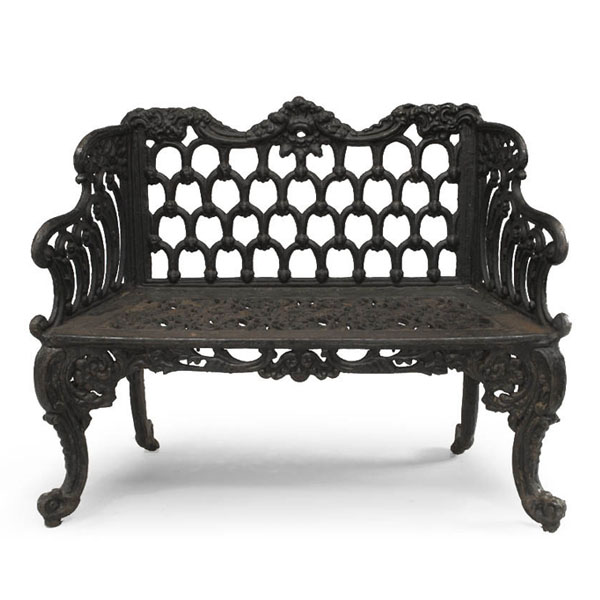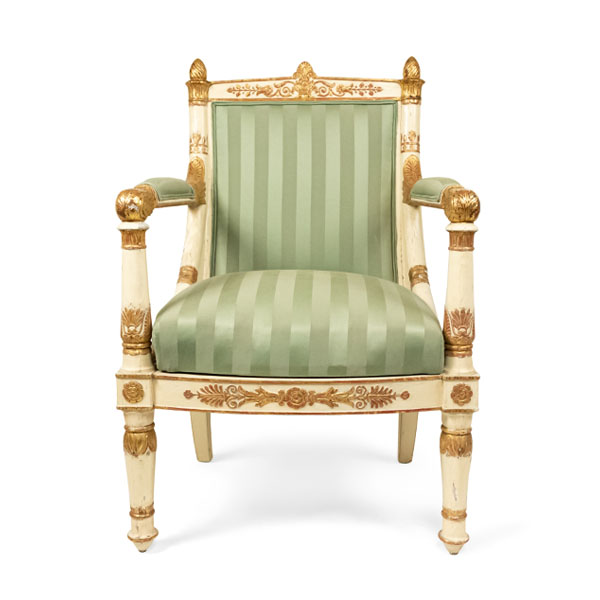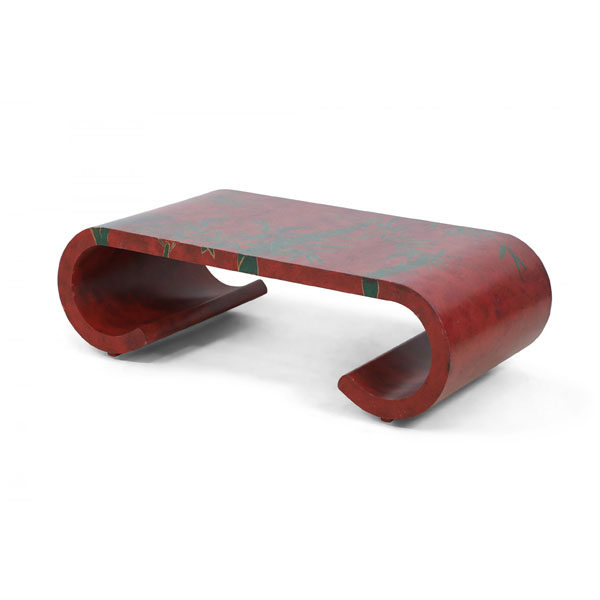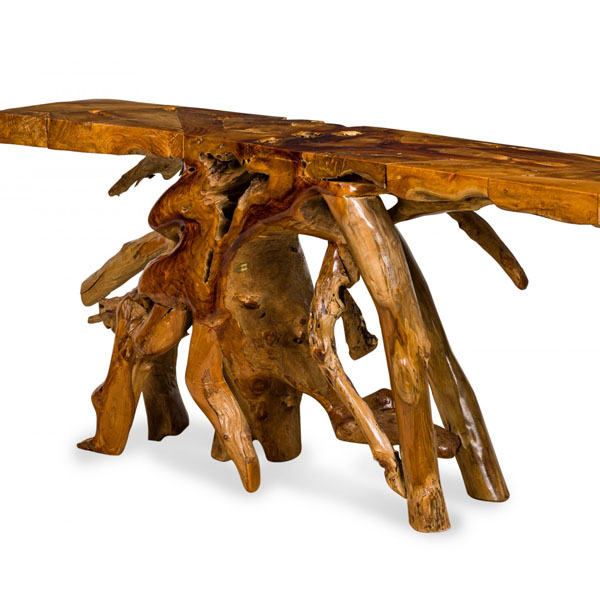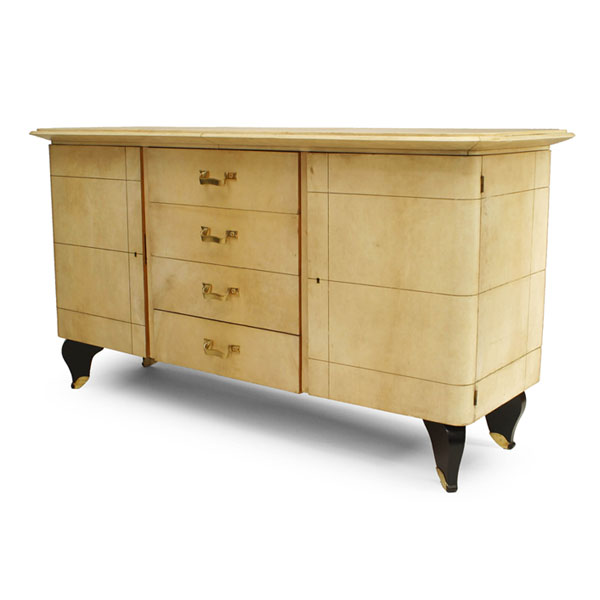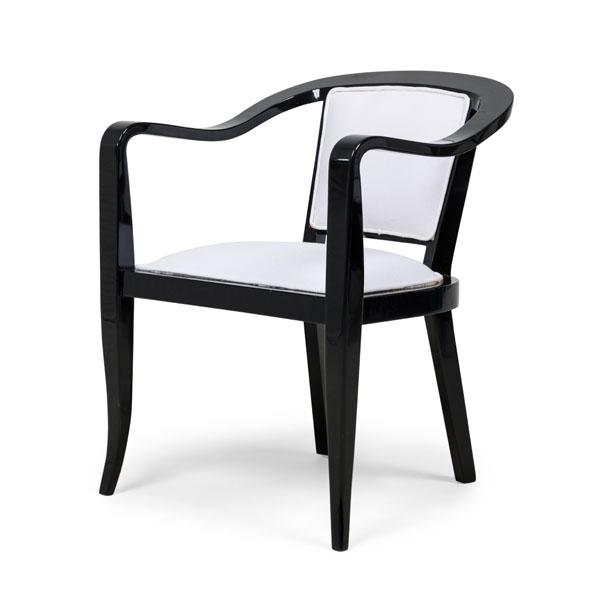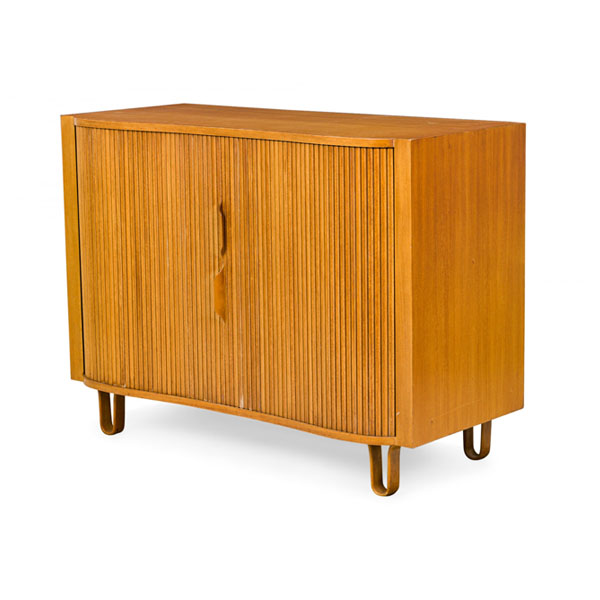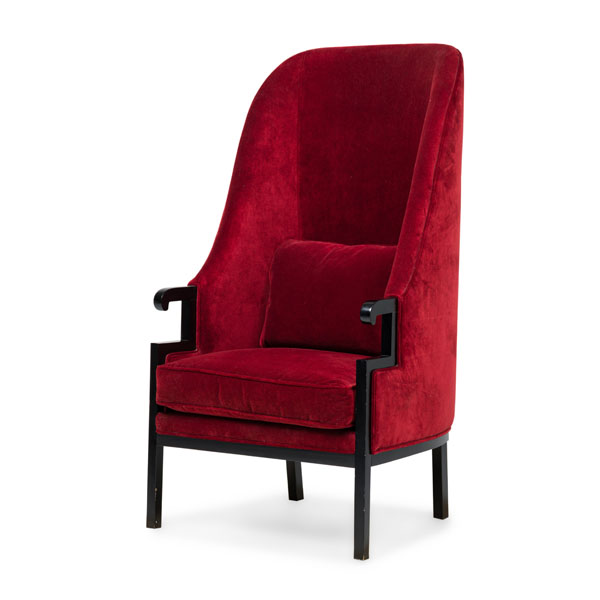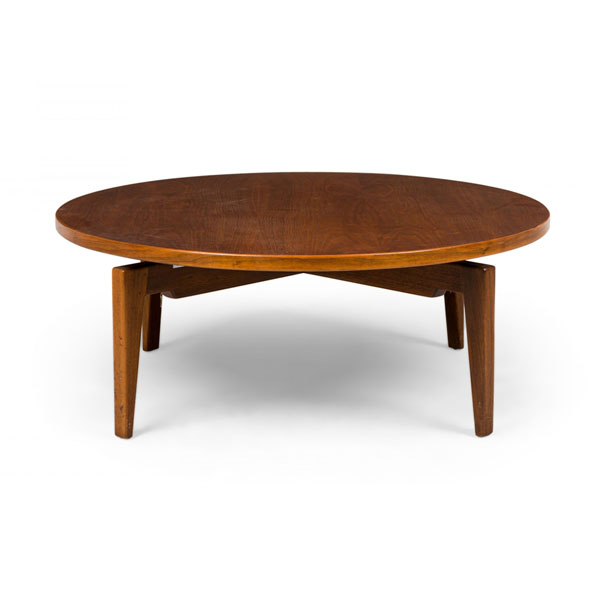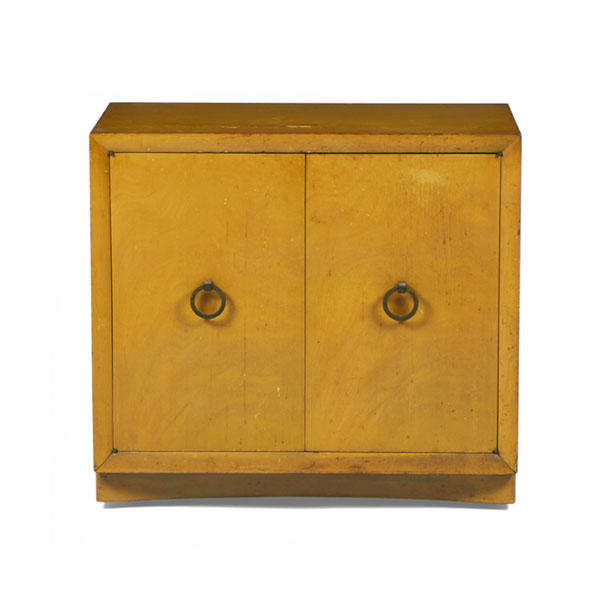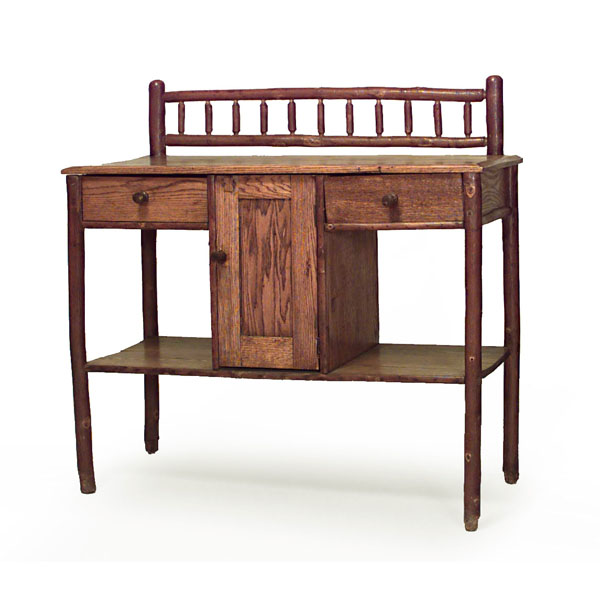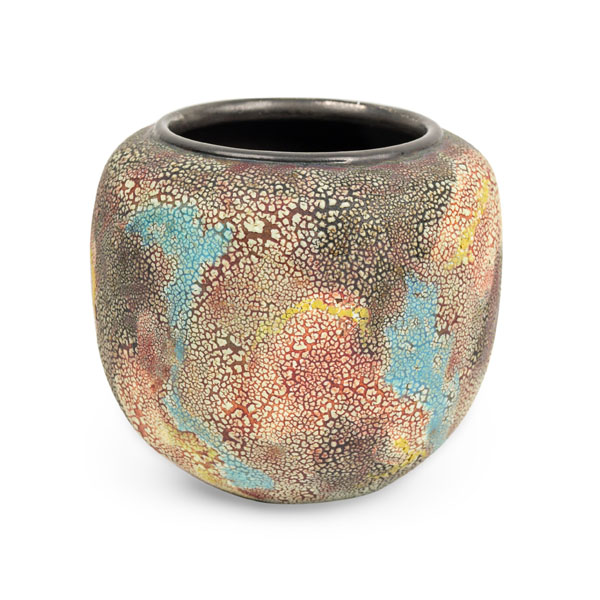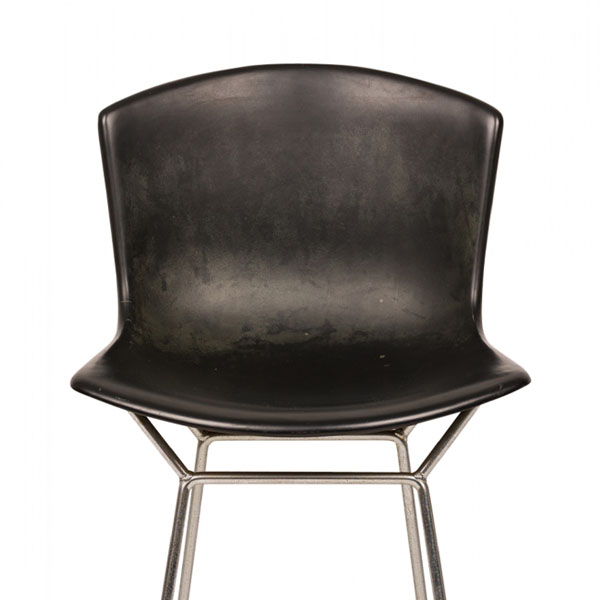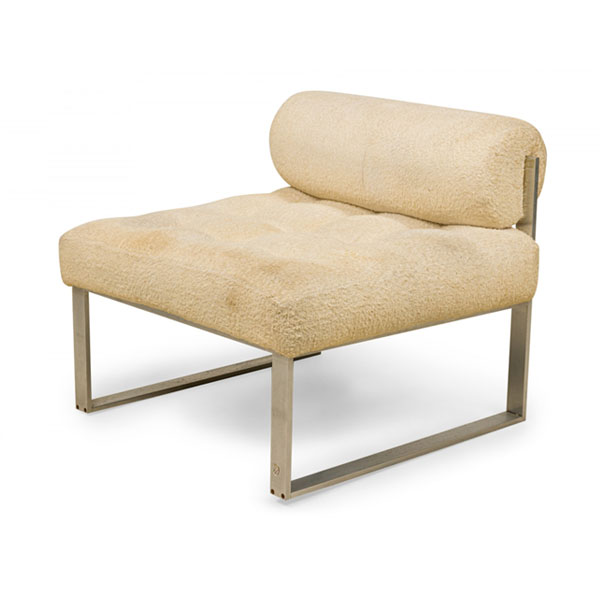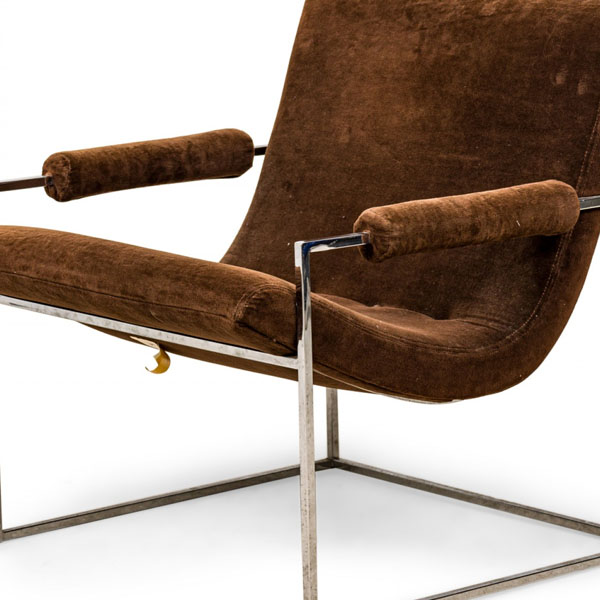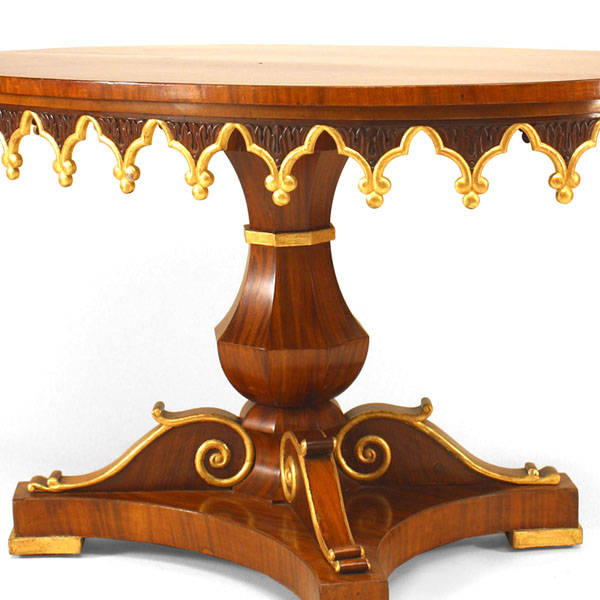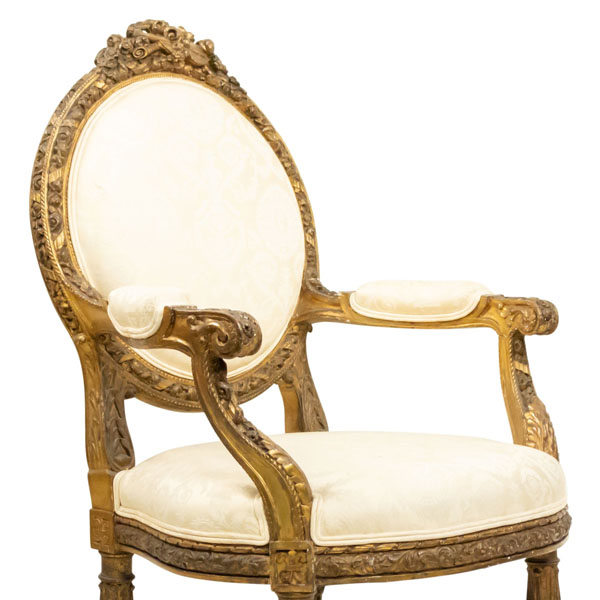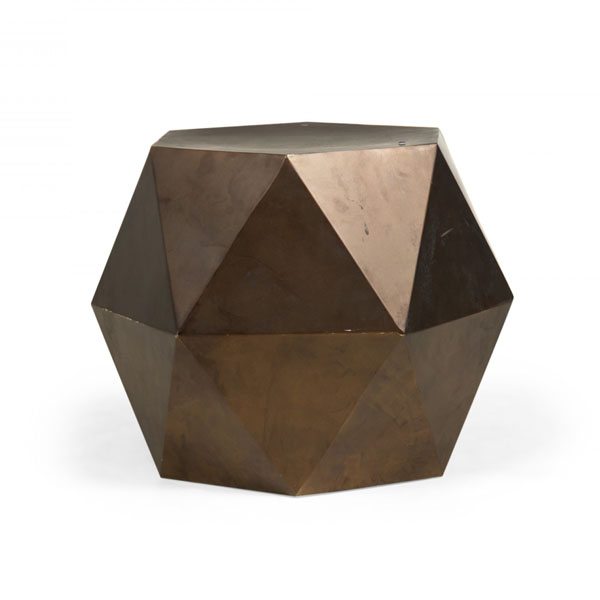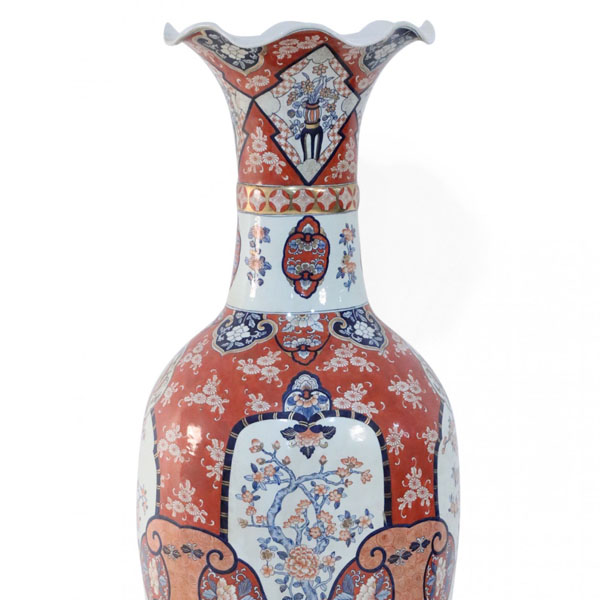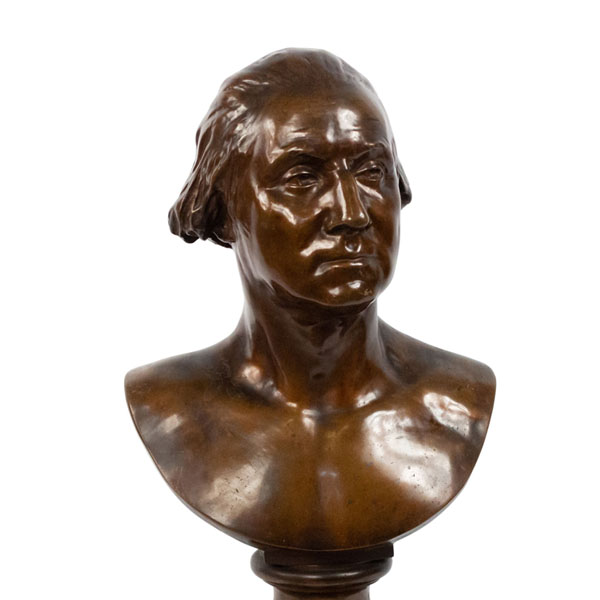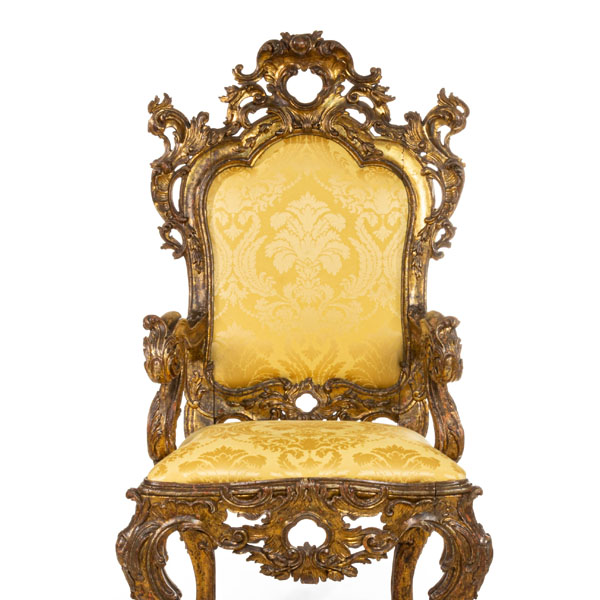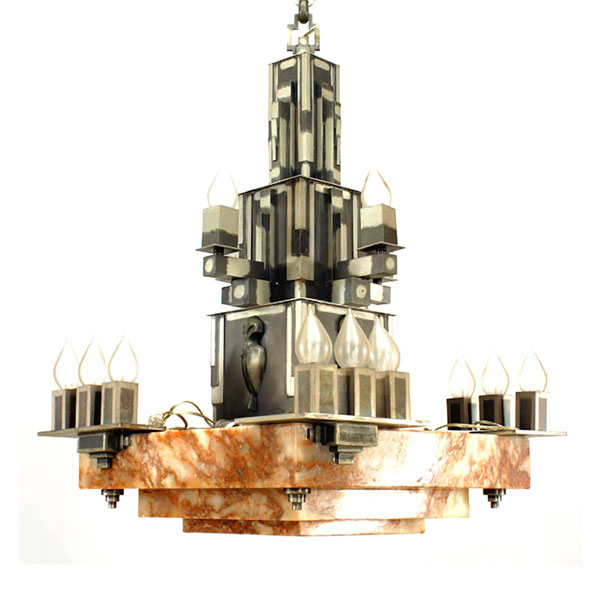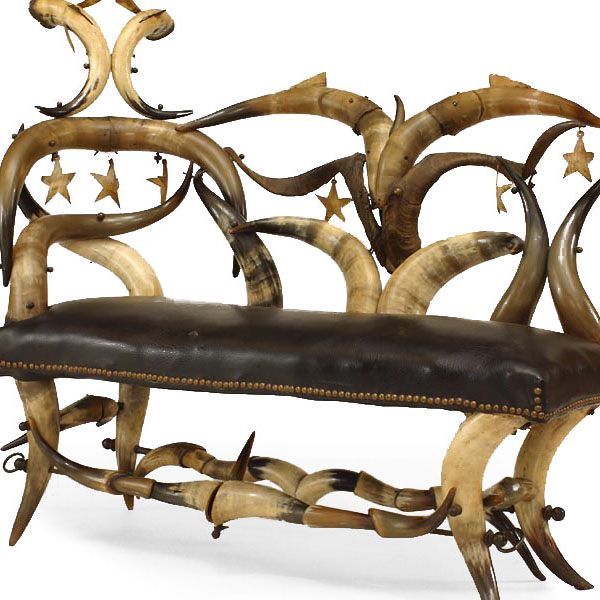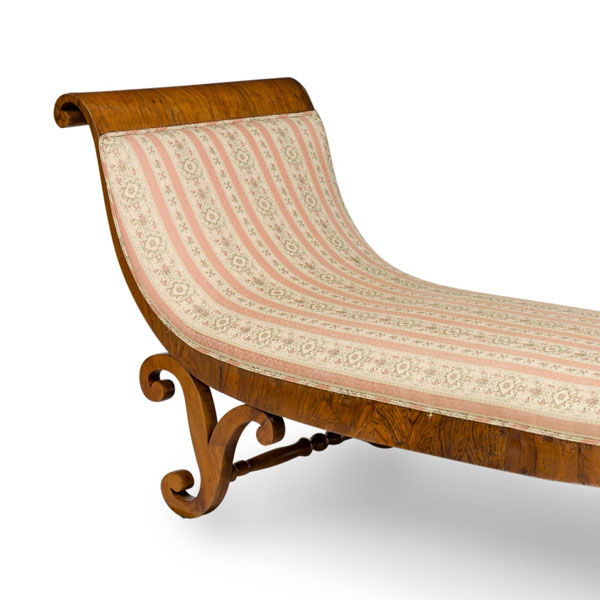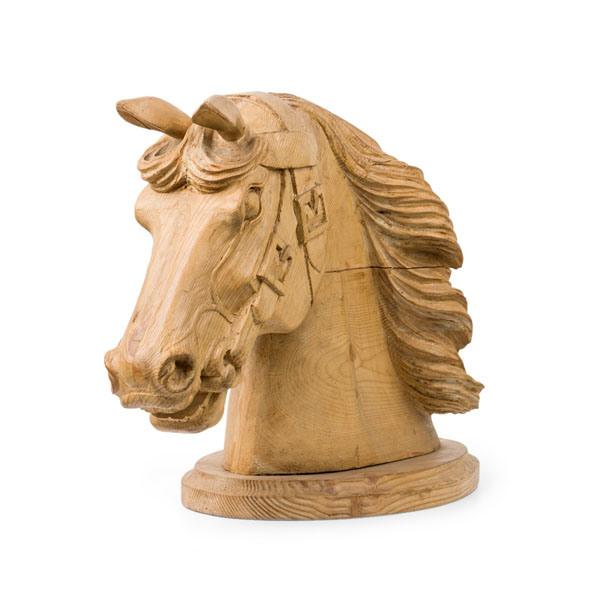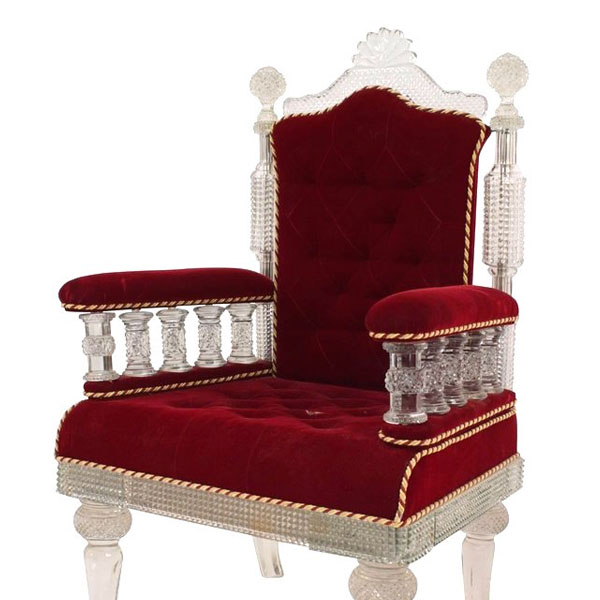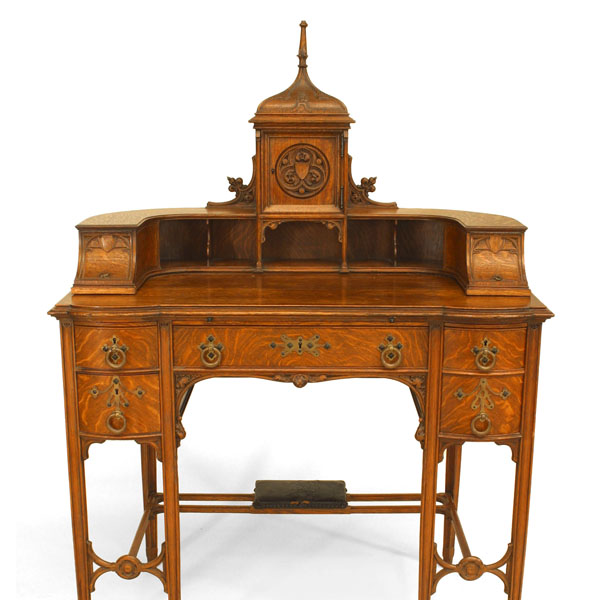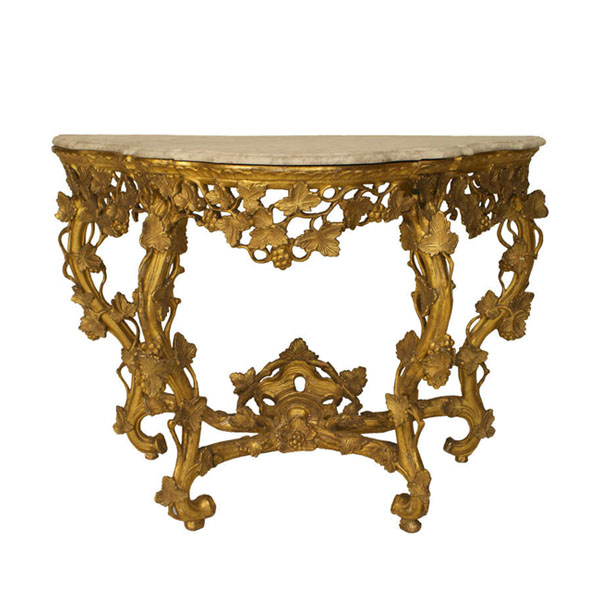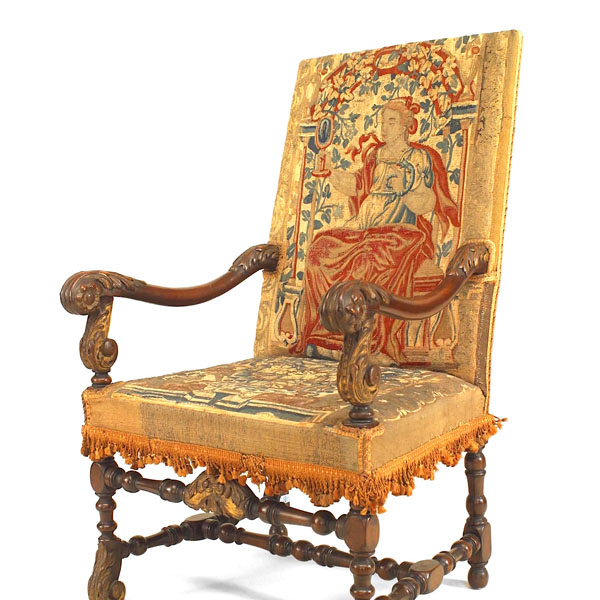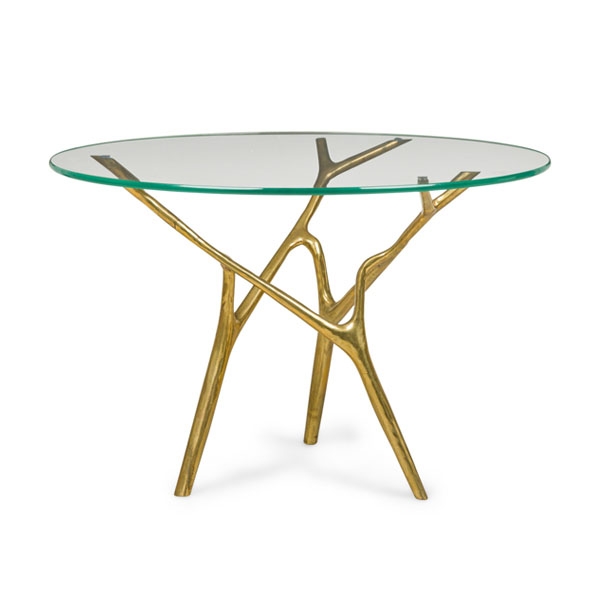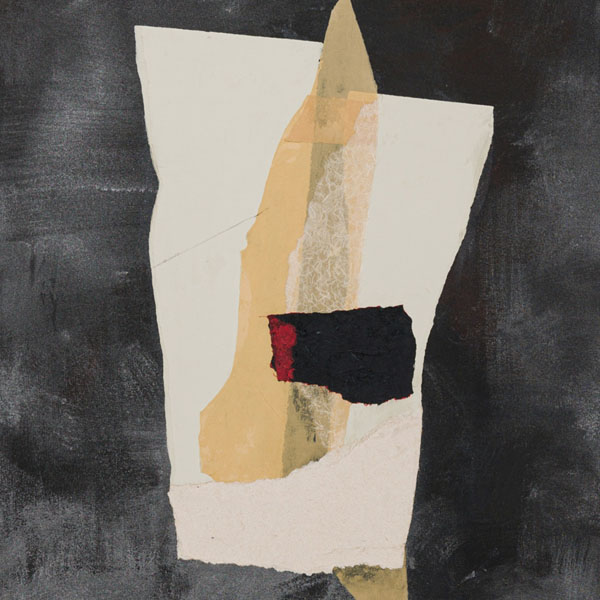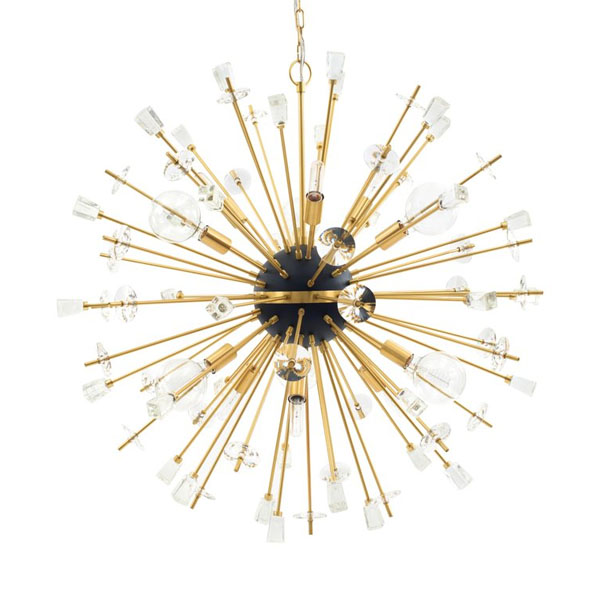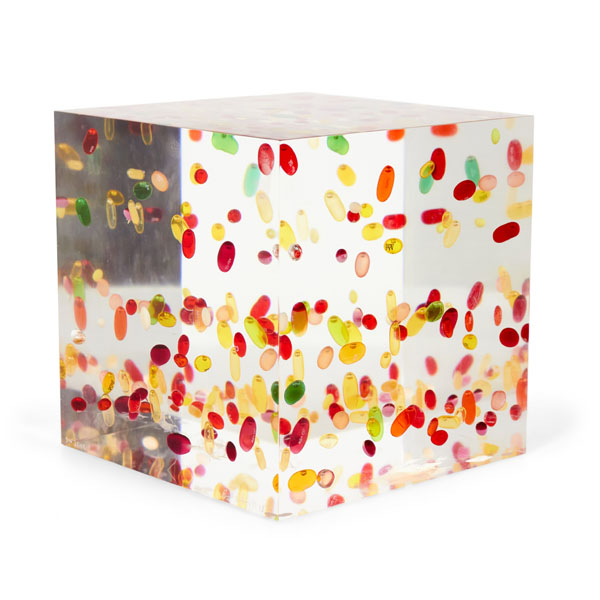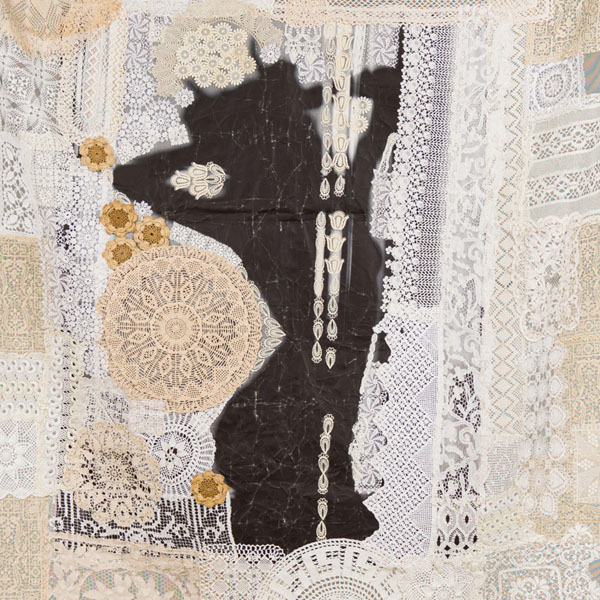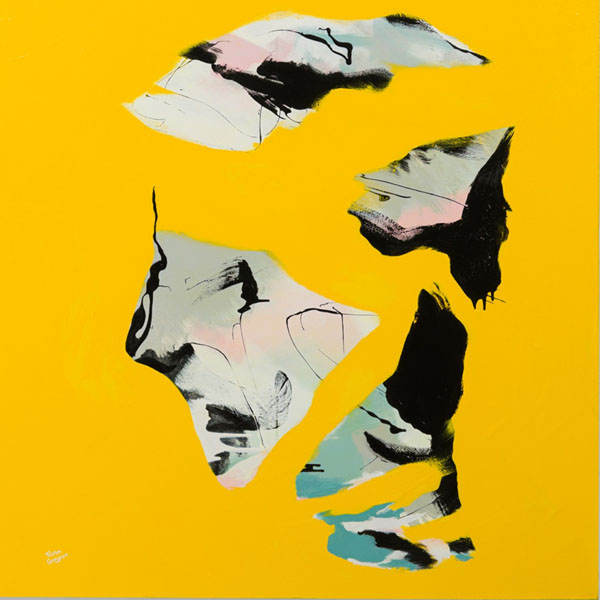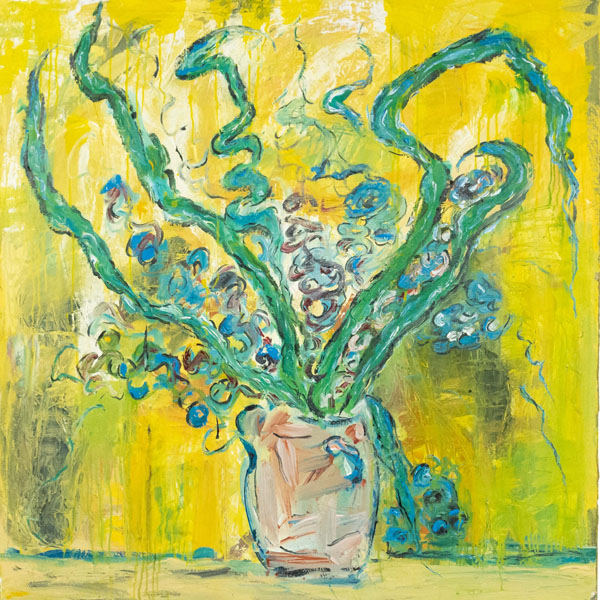Browse the largest inventory of 20th Century Iconic Design.
ARTISTS @ NEWEL
Discover a world of clean lines, bold color and contrasting shapes with Larry Bentley's exclusive work at Newel
Browse the largest inventory of 20th Century Iconic Design.
ARTISTS @ NEWEL
Discover a world of clean lines, bold color and contrasting shapes with Larry Bentley's exclusive work at Newel
ARTISTS @ NEWEL
Discover a world of clean lines, bold color and contrasting shapes with Larry Bentley's exclusive work at Newel
CONTEMPORARY ART & DESIGN
Browse the largest inventory of 20th Century Iconic Design.
ARTISTS @ NEWEL
Dicover a world of clean lines, bold color and contrasting shapes with Larry Bentley's exclusive work at Newel
$37,500
(USD)
QTY: 1
#CON106
Width: 36.5"
Depth: 36.5"
Height: 49"
$15,000
/ Pair (USD)
QTY: 2
#060477
Width: 27"
Depth: 31"
Height: 45"
$4,250
(USD)
QTY: 1
#NWL6992
Width: 21"
Depth: 1"
Height: 29"
$38,000
(USD)
QTY: 1
#REG4202
Width: 66"
Depth: 18"
Height: 39"
$18,750
(USD)
QTY: 1
#REG4814
Width: 36"
Depth: 16"
Height: 67"
$14,500
(USD)
QTY: 1
#049212
Width: 0"
Depth: 2"
Height: 0"
$900
(USD)
QTY: 1
#GRL5065
Width: 7"
Depth: 7"
Height: 6"
$15,000
/ Pair (USD)
QTY: 2
#060477
Width: 27"
Depth: 31"
Height: 45"
$4,250
(USD)
QTY: 1
#NWL6992
Width: 21"
Depth: 1"
Height: 29"
$38,000
(USD)
QTY: 1
#REG4202
Width: 66"
Depth: 18"
Height: 39"
$18,750
(USD)
QTY: 1
#REG4814
Width: 36"
Depth: 16"
Height: 67"
$14,500
(USD)
QTY: 1
#049212
Width: 0"
Depth: 2"
Height: 0"
$900
(USD)
QTY: 1
#GRL5065
Width: 7"
Depth: 7"
Height: 6"
$4,500
/ Pair (USD)
QTY: 1
#NWL2567
Width: 9"
Depth: 9"
Height: 14"
$4,250
(USD)
QTY: 1
#NWL6992
Width: 21"
Depth: 1"
Height: 29"
$38,000
(USD)
QTY: 1
#REG4202
Width: 66"
Depth: 18"
Height: 39"
$18,750
(USD)
QTY: 1
#REG4814
Width: 36"
Depth: 16"
Height: 67"
$14,500
(USD)
QTY: 1
#049212
Width: 0"
Depth: 2"
Height: 0"
$900
(USD)
QTY: 1
#GRL5065
Width: 7"
Depth: 7"
Height: 6"
$4,500
/ Pair (USD)
QTY: 1
#NWL2567
Width: 9"
Depth: 9"
Height: 14"
$18,600
(USD)
QTY: 1
#062261B
Width: 68.5"
Depth: 15.75"
Height: 39.25"
$38,000
(USD)
QTY: 1
#REG4202
Width: 66"
Depth: 18"
Height: 39"
$18,750
(USD)
QTY: 1
#REG4814
Width: 36"
Depth: 16"
Height: 67"
$14,500
(USD)
QTY: 1
#049212
Width: 0"
Depth: 2"
Height: 0"
$900
(USD)
QTY: 1
#GRL5065
Width: 7"
Depth: 7"
Height: 6"
$4,500
/ Pair (USD)
QTY: 1
#NWL2567
Width: 9"
Depth: 9"
Height: 14"
$18,600
(USD)
QTY: 1
#062261B
Width: 68.5"
Depth: 15.75"
Height: 39.25"
$37,500
(USD)
QTY: 1
#CON106
Width: 36.5"
Depth: 36.5"
Height: 49"
$18,750
(USD)
QTY: 1
#REG4814
Width: 36"
Depth: 16"
Height: 67"
$14,500
(USD)
QTY: 1
#049212
Width: 0"
Depth: 2"
Height: 0"
$900
(USD)
QTY: 1
#GRL5065
Width: 7"
Depth: 7"
Height: 6"
$4,500
/ Pair (USD)
QTY: 1
#NWL2567
Width: 9"
Depth: 9"
Height: 14"
$18,600
(USD)
QTY: 1
#062261B
Width: 68.5"
Depth: 15.75"
Height: 39.25"
$37,500
(USD)
QTY: 1
#CON106
Width: 36.5"
Depth: 36.5"
Height: 49"
$15,000
/ Pair (USD)
QTY: 2
#060477
Width: 27"
Depth: 31"
Height: 45"
$14,500
(USD)
QTY: 1
#049212
Width: 0"
Depth: 2"
Height: 0"
$900
(USD)
QTY: 1
#GRL5065
Width: 7"
Depth: 7"
Height: 6"
$4,500
/ Pair (USD)
QTY: 1
#NWL2567
Width: 9"
Depth: 9"
Height: 14"
$18,600
(USD)
QTY: 1
#062261B
Width: 68.5"
Depth: 15.75"
Height: 39.25"
$37,500
(USD)
QTY: 1
#CON106
Width: 36.5"
Depth: 36.5"
Height: 49"
$15,000
/ Pair (USD)
QTY: 2
#060477
Width: 27"
Depth: 31"
Height: 45"
$4,250
(USD)
QTY: 1
#NWL6992
Width: 21"
Depth: 1"
Height: 29"
$900
(USD)
QTY: 1
#GRL5065
Width: 7"
Depth: 7"
Height: 6"
$4,500
/ Pair (USD)
QTY: 1
#NWL2567
Width: 9"
Depth: 9"
Height: 14"
$18,600
(USD)
QTY: 1
#062261B
Width: 68.5"
Depth: 15.75"
Height: 39.25"
$37,500
(USD)
QTY: 1
#CON106
Width: 36.5"
Depth: 36.5"
Height: 49"
$15,000
/ Pair (USD)
QTY: 2
#060477
Width: 27"
Depth: 31"
Height: 45"
$4,250
(USD)
QTY: 1
#NWL6992
Width: 21"
Depth: 1"
Height: 29"
$38,000
(USD)
QTY: 1
#REG4202
Width: 66"
Depth: 18"
Height: 39"
$4,500
/ Pair (USD)
QTY: 1
#NWL2567
Width: 9"
Depth: 9"
Height: 14"
$18,600
(USD)
QTY: 1
#062261B
Width: 68.5"
Depth: 15.75"
Height: 39.25"
$37,500
(USD)
QTY: 1
#CON106
Width: 36.5"
Depth: 36.5"
Height: 49"
$15,000
/ Pair (USD)
QTY: 2
#060477
Width: 27"
Depth: 31"
Height: 45"
$4,250
(USD)
QTY: 1
#NWL6992
Width: 21"
Depth: 1"
Height: 29"
$38,000
(USD)
QTY: 1
#REG4202
Width: 66"
Depth: 18"
Height: 39"
$18,750
(USD)
QTY: 1
#REG4814
Width: 36"
Depth: 16"
Height: 67"
$18,600
(USD)
QTY: 1
#062261B
Width: 68.5"
Depth: 15.75"
Height: 39.25"
$37,500
(USD)
QTY: 1
#CON106
Width: 36.5"
Depth: 36.5"
Height: 49"
$15,000
/ Pair (USD)
QTY: 2
#060477
Width: 27"
Depth: 31"
Height: 45"
$4,250
(USD)
QTY: 1
#NWL6992
Width: 21"
Depth: 1"
Height: 29"
$38,000
(USD)
QTY: 1
#REG4202
Width: 66"
Depth: 18"
Height: 39"
$18,750
(USD)
QTY: 1
#REG4814
Width: 36"
Depth: 16"
Height: 67"
$14,500
(USD)
QTY: 1
#049212
Width: 0"
Depth: 2"
Height: 0"
Browse tomorrow's classics today, select your favorite finish and own a one-of-a-kind designer icon built by Newel, to your specifications. Our customizable investment-grade limited editions are backed by best-in-industry support.
Nullam id dolor id nibh ultricies vehicula ut id elit. Cras justo odio, dapibus ac facilisis in, egestas eget quam. Donec id elit non mi porta gravida at eget metus..
BUSINESS OF HOME
Nullam id dolor id nibh ultricies vehicula ut id elit. Cras justo odio, dapibus ac facilisis in, egestas eget quam. Donec id elit non mi porta gravida at eget metus..
BUSINESS OF HOME
Nullam id dolor id nibh ultricies vehicula ut id elit. Cras justo odio, dapibus ac facilisis in, egestas eget quam. Donec id elit non mi porta gravida at eget metus..
BUSINESS OF HOME
Nullam id dolor id nibh ultricies vehicula ut id elit. Cras justo odio, dapibus ac facilisis in, egestas eget quam. Donec id elit non mi porta gravida at eget metus..
BUSINESS OF HOME

Newel Auctions invites you to our Spring Cleaning Discovery Sale, going live May 15 exclusively on LiveAuctioneers. This sale features top-tier designers like Angelo Lelli, Vladimir Kagan, Edward Wormley for Dunbar, Knoll, and Paul McCobb—names that define timeless design and craftsmanship.
Join NEWEL and maximize your return on your creativity.
Got Inventory?
Sell or consign to Newel and earn from sales & rentals.
$39,500
/ Pair (USD)
QTY: 1
#REG4275
Width: 40"
Depth: 40"
Height: 40"
$28,500
/ Set (USD)
QTY: 1
#DUF0774
Width: 21"
Depth: 18"
Height: 36"
$39,000
/ Each (USD)
QTY: 2
#062233
Width: 60"
Depth: 60"
Height: 72"
$32,500
/ Pair (USD)
QTY: 1
#REG4291
Width: 35.98"
Depth: 32"
Height: 33.5"
$28,000
(USD)
QTY: 1
#NWL0722
Width: 59"
Depth: 59"
Height: 31"
$14,500
/ Pair (USD)
QTY: 1
#REG4307
Width: 23"
Depth: 20"
Height: 37.75"
$28,500
/ Set (USD)
QTY: 1
#DUF0774
Width: 21"
Depth: 18"
Height: 36"
$28,500
/ Set (USD)
QTY: 1
#DUF0774
Width: 21"
Depth: 18"
Height: 36"
$39,000
/ Each (USD)
QTY: 2
#062233
Width: 60"
Depth: 60"
Height: 72"
$32,500
/ Pair (USD)
QTY: 1
#REG4291
Width: 35.98"
Depth: 32"
Height: 33.5"
$28,000
(USD)
QTY: 1
#NWL0722
Width: 59"
Depth: 59"
Height: 31"
$14,500
/ Pair (USD)
QTY: 1
#REG4307
Width: 23"
Depth: 20"
Height: 37.75"
$39,500
/ Pair (USD)
QTY: 1
#REG4275
Width: 40"
Depth: 40"
Height: 40"
$28,500
/ Set (USD)
QTY: 1
#DUF0774
Width: 21"
Depth: 18"
Height: 36"
$39,000
/ Each (USD)
QTY: 2
#062233
Width: 60"
Depth: 60"
Height: 72"
$32,500
/ Pair (USD)
QTY: 1
#REG4291
Width: 35.98"
Depth: 32"
Height: 33.5"
$28,000
(USD)
QTY: 1
#NWL0722
Width: 59"
Depth: 59"
Height: 31"
$14,500
/ Pair (USD)
QTY: 1
#REG4307
Width: 23"
Depth: 20"
Height: 37.75"
$39,500
/ Pair (USD)
QTY: 1
#REG4275
Width: 40"
Depth: 40"
Height: 40"
$28,500
/ Set (USD)
QTY: 1
#DUF0774
Width: 21"
Depth: 18"
Height: 36"
$39,000
/ Each (USD)
QTY: 2
#062233
Width: 60"
Depth: 60"
Height: 72"
$32,500
/ Pair (USD)
QTY: 1
#REG4291
Width: 35.98"
Depth: 32"
Height: 33.5"
$28,000
(USD)
QTY: 1
#NWL0722
Width: 59"
Depth: 59"
Height: 31"
$14,500
/ Pair (USD)
QTY: 1
#REG4307
Width: 23"
Depth: 20"
Height: 37.75"
$39,500
/ Pair (USD)
QTY: 1
#REG4275
Width: 40"
Depth: 40"
Height: 40"
$28,500
/ Set (USD)
QTY: 1
#DUF0774
Width: 21"
Depth: 18"
Height: 36"
$39,000
/ Each (USD)
QTY: 2
#062233
Width: 60"
Depth: 60"
Height: 72"
$32,500
/ Pair (USD)
QTY: 1
#REG4291
Width: 35.98"
Depth: 32"
Height: 33.5"
$28,000
(USD)
QTY: 1
#NWL0722
Width: 59"
Depth: 59"
Height: 31"
$14,500
/ Pair (USD)
QTY: 1
#REG4307
Width: 23"
Depth: 20"
Height: 37.75"
$39,500
/ Pair (USD)
QTY: 1
#REG4275
Width: 40"
Depth: 40"
Height: 40"
$28,500
/ Set (USD)
QTY: 1
#DUF0774
Width: 21"
Depth: 18"
Height: 36"
$39,000
/ Each (USD)
QTY: 2
#062233
Width: 60"
Depth: 60"
Height: 72"
$32,500
/ Pair (USD)
QTY: 1
#REG4291
Width: 35.98"
Depth: 32"
Height: 33.5"
$28,000
(USD)
QTY: 1
#NWL0722
Width: 59"
Depth: 59"
Height: 31"
$14,500
/ Pair (USD)
QTY: 1
#REG4307
Width: 23"
Depth: 20"
Height: 37.75"
$39,500
/ Pair (USD)
QTY: 1
#REG4275
Width: 40"
Depth: 40"
Height: 40"
$28,500
/ Set (USD)
QTY: 1
#DUF0774
Width: 21"
Depth: 18"
Height: 36"
$39,000
/ Each (USD)
QTY: 2
#062233
Width: 60"
Depth: 60"
Height: 72"
$32,500
/ Pair (USD)
QTY: 1
#REG4291
Width: 35.98"
Depth: 32"
Height: 33.5"
$28,000
(USD)
QTY: 1
#NWL0722
Width: 59"
Depth: 59"
Height: 31"
$14,500
/ Pair (USD)
QTY: 1
#REG4307
Width: 23"
Depth: 20"
Height: 37.75"
Item added Successfully
REGISTER
PLEASE FILL IN THE REQUIRED FIELDS.

